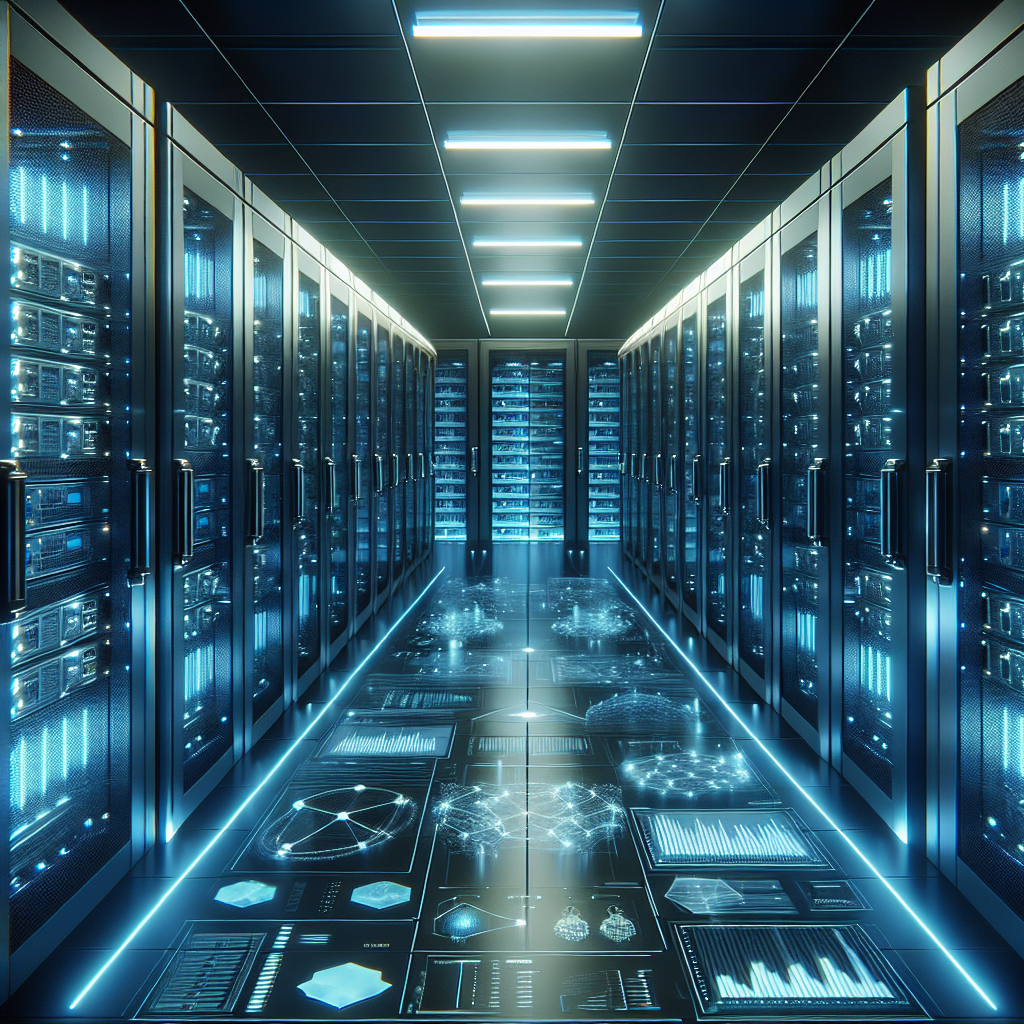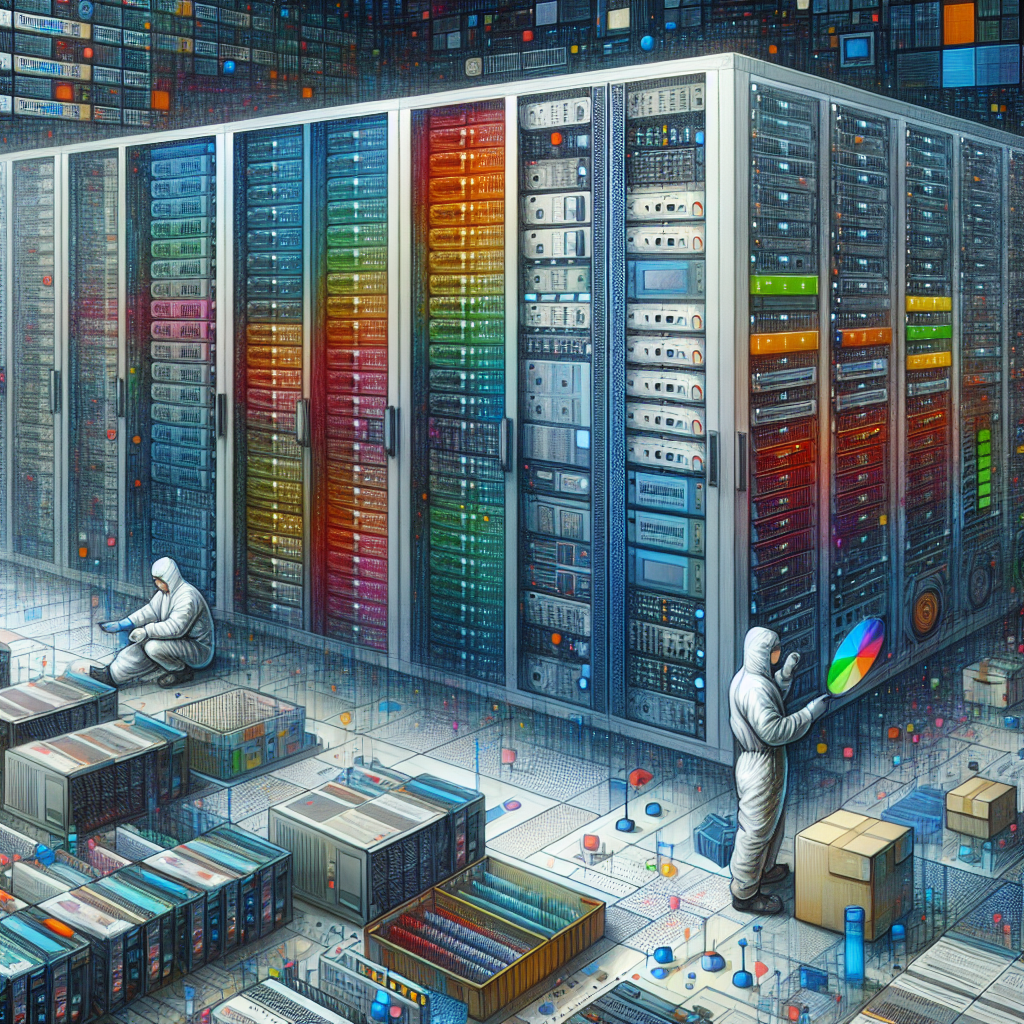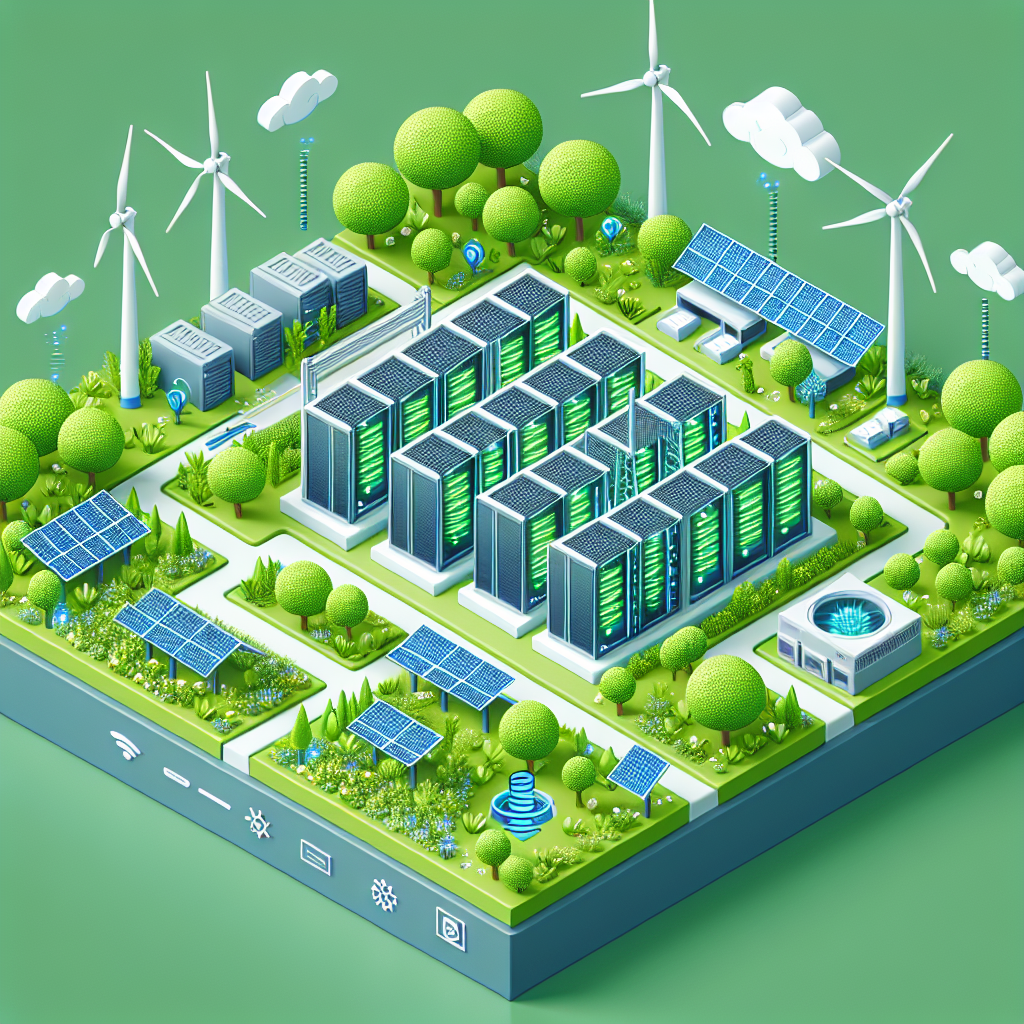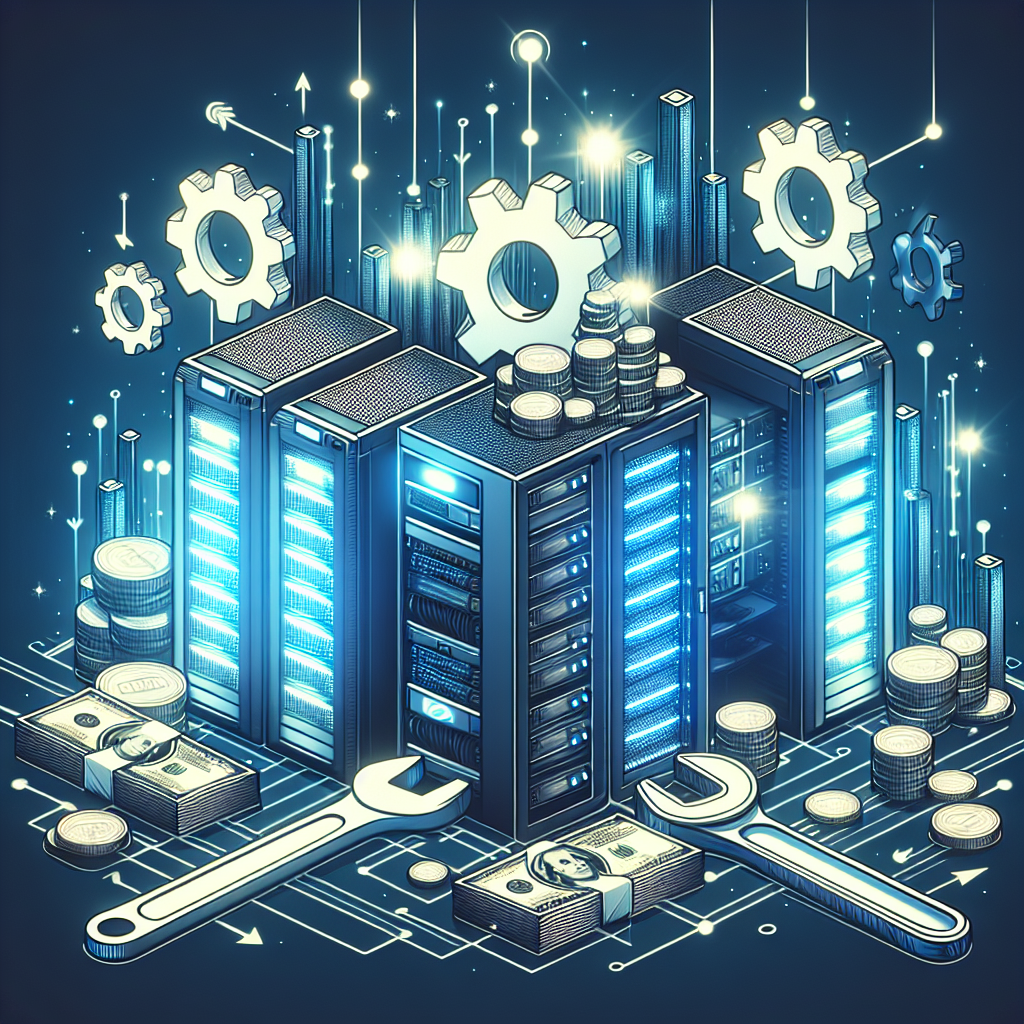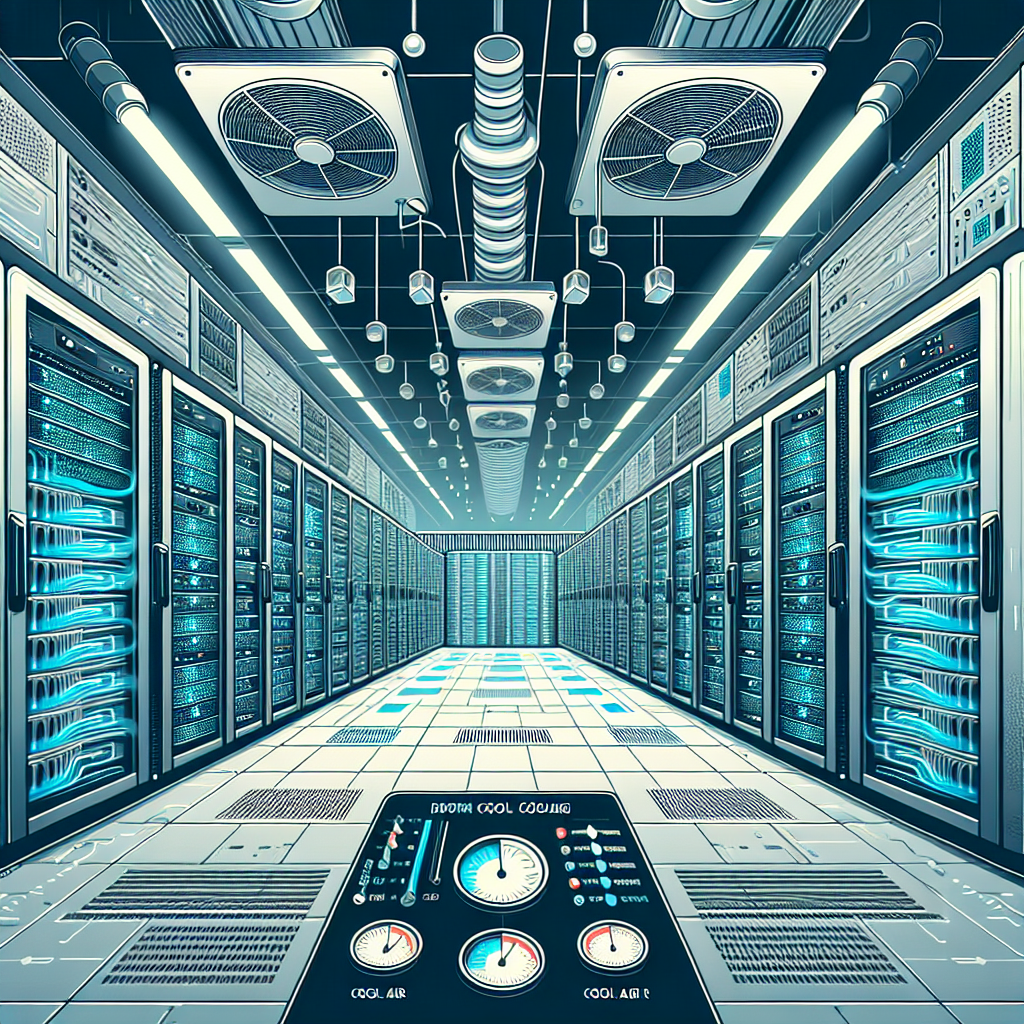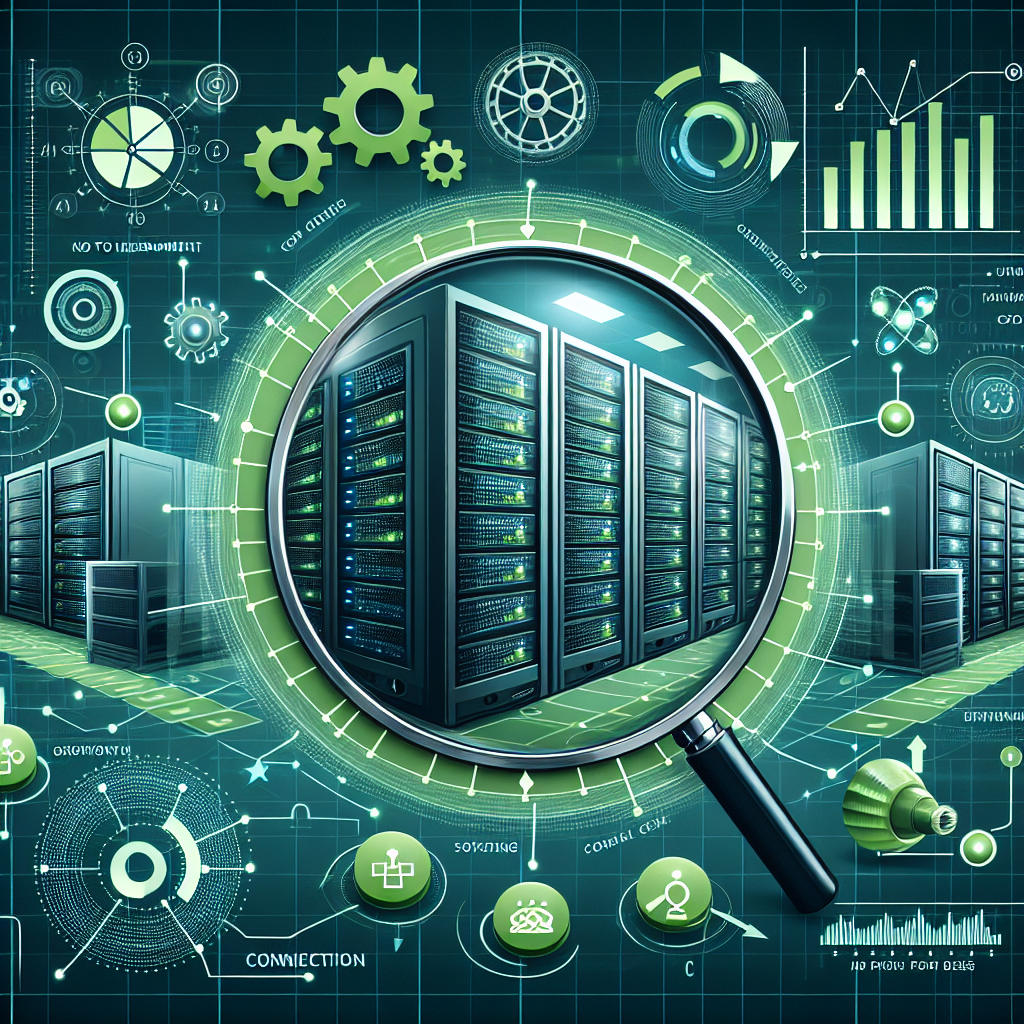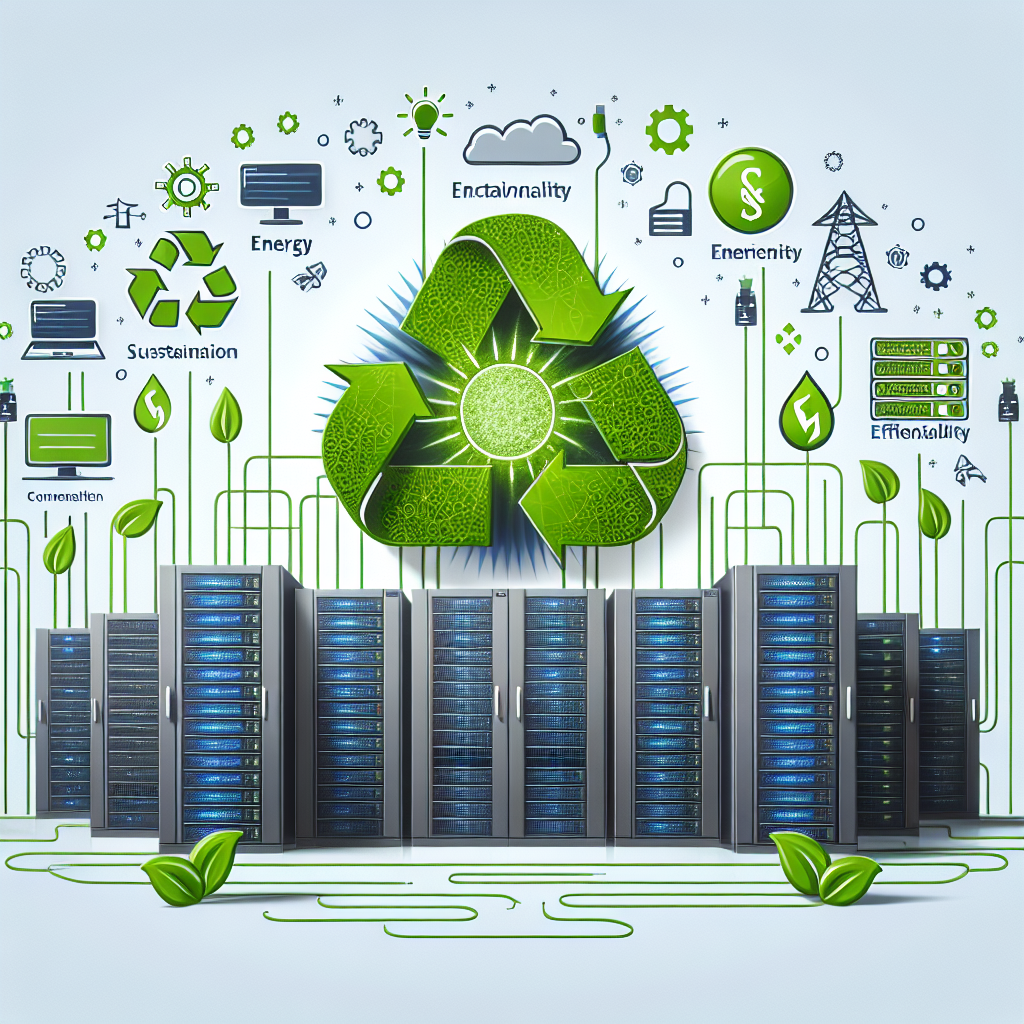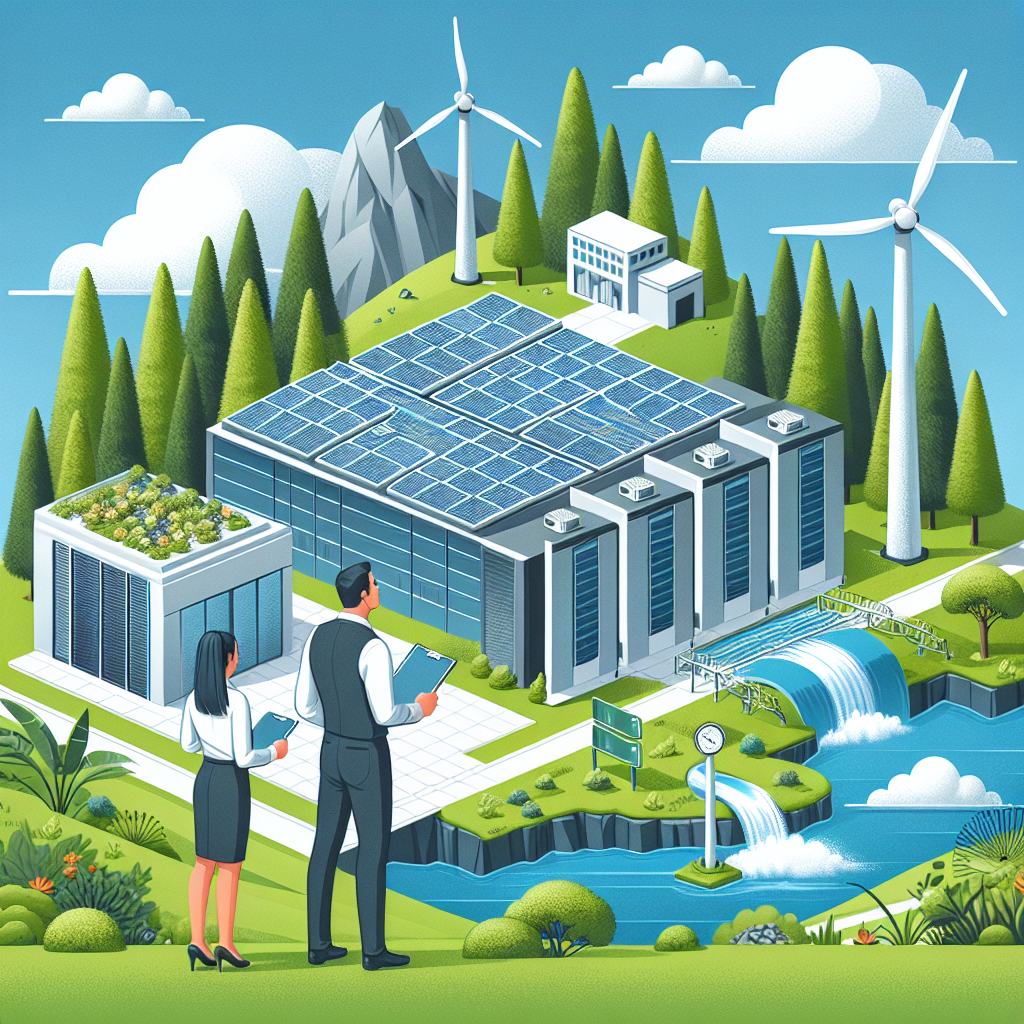Data centers are the backbone of modern businesses, housing the critical infrastructure that supports the digital operations of organizations. As the demands for data processing and storage continue to grow, it is essential for data center operators to optimize their performance to ensure operational efficiency and cost-effectiveness.
Here are some tips for increasing operational efficiency in data centers:
1. Implement Energy-efficient Technologies: Energy consumption is one of the major costs associated with running a data center. By implementing energy-efficient technologies such as virtualization, server consolidation, and intelligent cooling systems, data center operators can significantly reduce their energy usage and lower their operating costs.
2. Optimize Cooling Systems: Cooling systems are essential for maintaining the optimal temperature in a data center to prevent equipment overheating. By optimizing the airflow and temperature settings in the data center, operators can reduce energy consumption and improve the overall efficiency of the cooling systems.
3. Use Data Center Infrastructure Management (DCIM) Software: DCIM software provides real-time visibility into the performance of data center infrastructure, allowing operators to monitor and manage various aspects of the data center, including power usage, cooling systems, and equipment utilization. By using DCIM software, data center operators can identify inefficiencies and make informed decisions to optimize performance.
4. Implement Automation: Automation can help streamline data center operations by reducing the need for manual intervention and improving workflow efficiency. By automating routine tasks such as server provisioning, maintenance, and monitoring, data center operators can increase operational efficiency and reduce the risk of human errors.
5. Conduct Regular Maintenance and Upgrades: Regular maintenance and upgrades are essential for ensuring the reliability and performance of data center infrastructure. By conducting routine inspections, equipment maintenance, and upgrades, operators can prolong the lifespan of their equipment and prevent costly downtime due to equipment failures.
6. Monitor and Analyze Performance Metrics: Monitoring and analyzing performance metrics such as power usage, cooling efficiency, and server utilization can provide valuable insights into the overall performance of the data center. By tracking key performance indicators and identifying areas for improvement, operators can optimize their data center performance and achieve greater operational efficiency.
In conclusion, optimizing data center performance is crucial for increasing operational efficiency and reducing costs. By implementing energy-efficient technologies, optimizing cooling systems, using DCIM software, implementing automation, conducting regular maintenance and upgrades, and monitoring performance metrics, data center operators can improve the overall efficiency of their data centers and ensure the smooth operation of their critical infrastructure.
